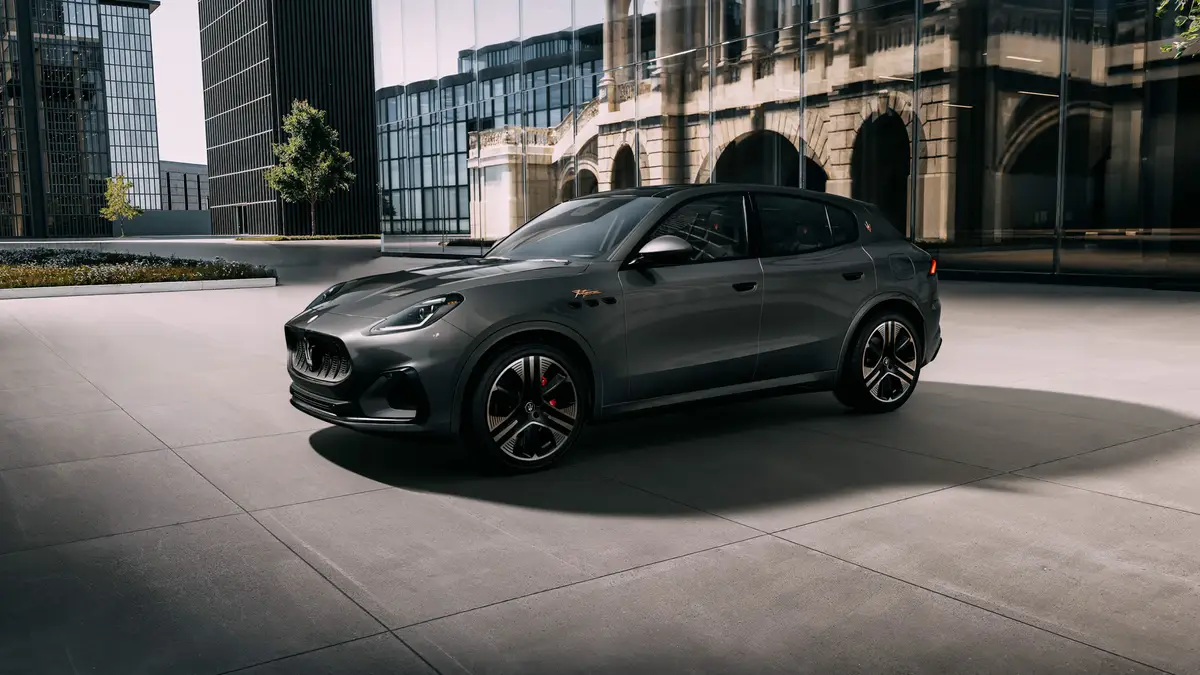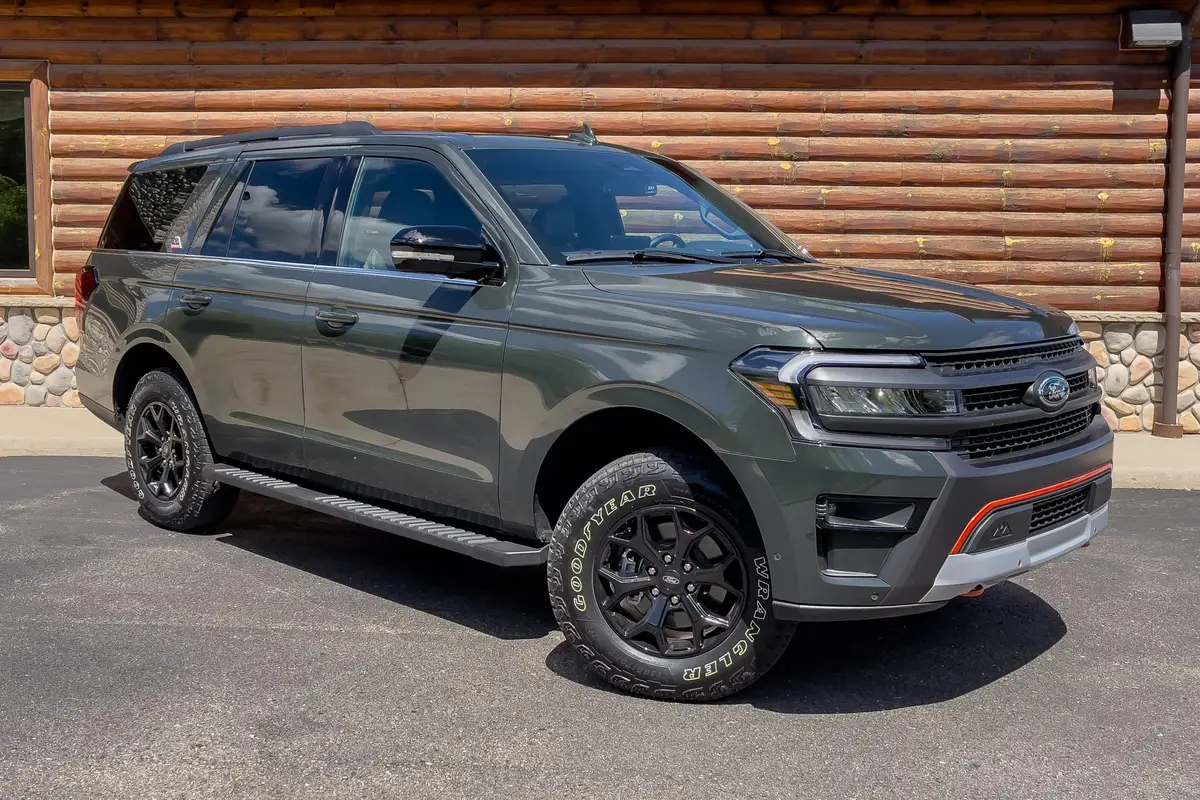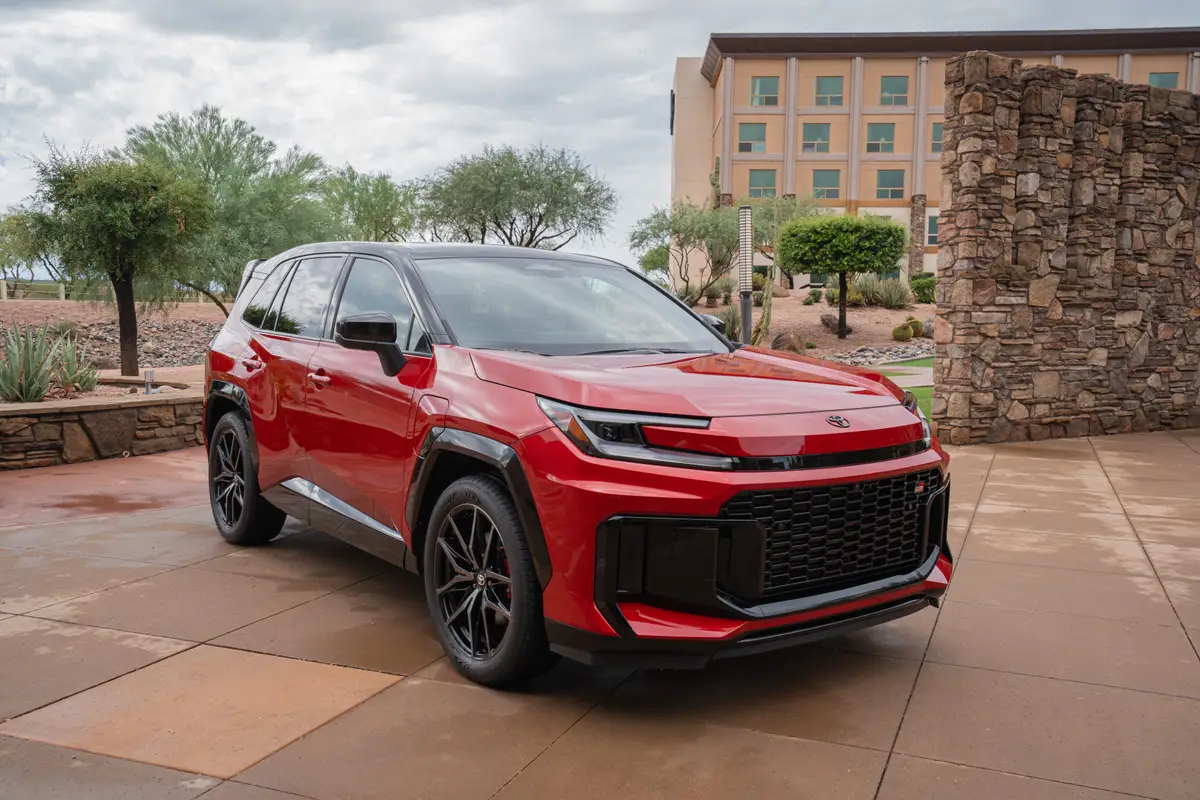The Morning Call and Mcall.com's view
Nissan’s new 240SX is an interesting and attractive-looking sports car, which is probably fortunate since it is a year of interesting and attractive-looking sports cars.
Yes, they seem to be all over the place and can be identified by their aerodynamic styling, innovative engineering, above-average handling and dazzling or near dazzling performance. All neat, all sweet and all beckoning to the driver who wants just a little more in a vehicle.
In addition to paying for them, the only other big problem confronting potential buyers will be choosing from among them. When you come to think of it, though, this is one of those welcome, pleasant problems.
With this in mind, where does it leave the 240SX? Well, much, of course, will depend on the consumer. But one thing will probably be for certain; the 240SX should do better than the car it replaces. To be a success, though, it is going to have to do a lot better.
No matter how innovative and attractive-looking it may be, the 240SX is being put in that tough slot just vacated by the 200SX – smack between the popular Pulsar and the venerable 300ZX. If the 200SX, which wasn’t a bad car at all, couldn’t cut it, why should the 240SX?
This really is Nissan’s problem, but the company is optimistic enough to project sales of 60,000 units during the model year, a 230 percent increase over the number of 200SXs sold during the 1988 model year.
To accomplish this, Nissan will have to do some fancy footwork. This successful Japanese manufacturer didn’t get to where it is today without an understanding of the market and it is counting on a couple of things with the 240SX. One is price, never a small consideration when buying a car. The 240SX looks a little more expensive than it actually is and the price is in line with the competition.
Another factor – and this could be a big influence although somewhat of a gamble – is that the 240SX is available onlywith one engine, and a four- cylinder one at that. No turbocharged version or V-6 is available. The idea behind this is to get away from the higher insurance rates for high- performance sports cars. In case one hasn’t bought this type of car lately, it should be noted that insurance companies frown on anything that might be fun. And for very good reasons – the body shops are loaded with performance cars. So whether the insurance companies and the public will buy Nissan’s one- engine strategy remains to be seen.
Nissan may also be counting on some of the success of its original 240Z (introduced in 1969) to rub off on the new 240SX because of the similarity of names. After all, stranger things have happened.
Anyway, the fastback test car (the 240SX is also available in a somewhat less attractive-looking coupe model) was a pretty sight. Smooth aerodynamic lines run from a low-frontal front end over a sloping hood to a raked windshield and large greenhouse a rea back to a high deck lid to a softly rounded-off aft end. This could describe many cars and it does. Perhaps the closest look-alike to the 240SX is the Ford Probe, which was introduced in the 1988 model year. The similarity is no doubt coincidental. Sports cars do tend to look alike.
Basic dimensions on the car include a wheelbase of 97.4 inches, length of 178 inches, width of 66.5 inches, height of 50.8 inches and curb weight of 2,684 pounds. For comparison, the 240SX is longer, wider and lighter than its predecessor, the 200SX.
With an EPA index of 85 cubic feet (70.8 passenger and 14.2 cargo) the car sneaks into the subcompact class (85 to 99 cubic feet). Front seat room (as with all cars) is good. The front seats are comfortable, nicely designed and should accommodate most people. The rear seat is rated for two but I’m not sure two of what. Even with the front seats extended fully forward, rear seat leg room is very tight and suited only forsmall children and agile, non- complaining adults. The front seats will rest on the back seat if extended fully aft. On the bright side, it does make a dandy storage area.
In an age of front-wheel drive cars, Nissan appears to be taking somewhat of a gamble on the 240SX’s rear-drive configuration. But it is a calculated gamble. It is also the only Japanese-built rear-drive vehicle in its market segment. Nissan claims the configuration was designed into the car because of its ”well-balanced front/rear weight distribution, maximizing the driving enjoyment and neutral handling.” This may have been true at one time but it is somewhat of a moot point now.
Fortunately for Nissan the 240SX has good handling characteristics. The rack-and-pinion system goes from lock-to-lock in 3.1 turns, making steering tight though not overly so. Just right for those who want a sports car but not too extreme a sports car. The four-wheel independent suspension features MacPherson struts and stabilizer bar up front and a somewhat innovative ”multi-link” design with coil springs, along with a stabilizer bar, in the rear. Completing the package are 205/60R15 tires (part of the sport package, 195s are standard).
Altogether, handling is about as good as most drivers will ever need and the ride is still fairly smooth.
Supplying the power and giving the car its name is a 2.4-liter four- cylinder engine. This translates into 145 cubic inches, which is rather large for a four-cylinder engine. This engine is new this year and features a single overhead camshaft operating three valves per cylinder – two intake, one exhaust. The idea behind the two intake valves is to pack a larger intake charge into the cylinders and make the most of the multi-port fuel injection.
Apparently it must work since the engine is rated at a healthy 140 horsepower at 5,600 rpm and 152 foot pounds torque at 4,400 rpm. Together with the test car’s five-speed manual transmission (standard, a four-speed automatic is optional), performance was quite good (but stay away from those turbocharged and V-6 cars).
As should be expected from a four-cylinder engine/five-speed transmission in a 2,700 pound car, fuel mileage was decent. The test car averaged 16 miles per gallon for city driving and 27 mpg over the highway. Because of a relatively low 8.6:1 compression ratio, unleaded regular can be used.
The SE model test car had a base price of $13,199. The test car’s final price came to $15,643 after adding up the extras: power convenience group/ sport package (includes an air dam and rear spoiler, sport-tuned suspension, alloy wheels, wider 205/60R15 tires, cruise control and a leather steering wheel and shift knob), $1,399; air conditioning, $795, and delivery $250.
Protection on the car is covered by a 12-month/12,500-mile basic warranty, a 36-month/36,000-mile warranty on the powertrain and electronics, and a 60- month/unlimited mileage warranty on corrosion protection.
Latest news



